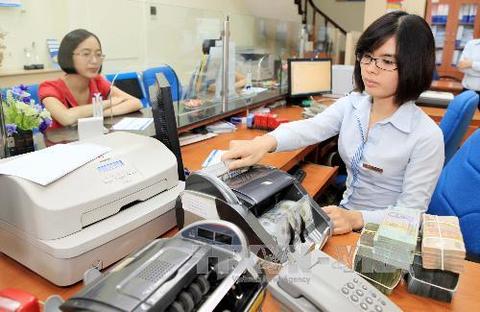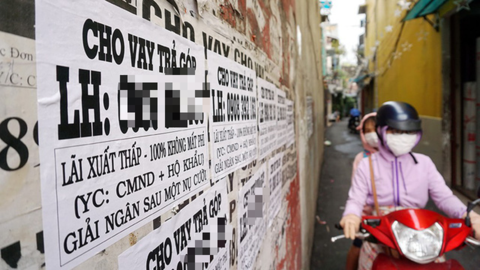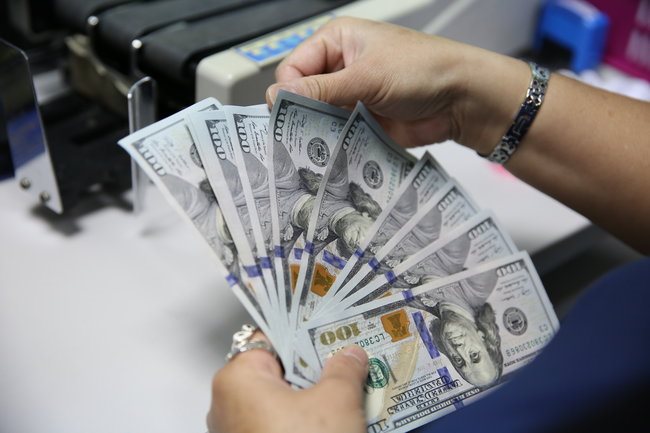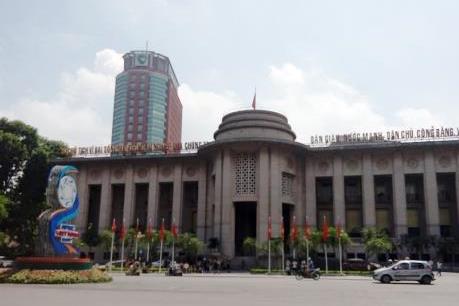Central bank to tighten control over property loans
Central bank to tighten control over property loans
The State Bank of Vietnam (SBV) has issued a three-year road map, starting from 2020, to restrict commercial banks from using short-term capital to offer mid- and long-term loans to homebuyers, to ensure greater control over real estate credit.
SBV has released Circular 22/2019 regulating safety proportions in banking activities at local commercial banks and foreign bank branches, including a road map for the 2020-2022 period.
Between January 1, 2020, and September 30, 2020, commercial banks can use short-term funds to finance mid- and long-term loans at a maximum ratio of 40%. The ratio will then be reduced to 37% from October 1, 2020, until September 30, 2021.
The cap of 34% will be applied to the period between October 1, 2021, and September 30, 2022. From October 1, 2022, onward, it will be fixed at 30%.
Aside from reducing the ratio of short-term funds used to offer mid- and long-term loans, the central bank also raised the risk ratio of loans for the real estate sector from 150% to 200%.
The risk weight of 50% will be applicable to property loans whose collateral are houses (including ones being built in the future), land use rights certificates and the land-attached assets of the borrower.
For home loans worth VND4 billion or more, the risk weight asset ratio will be 120%, taking effect from January 1, 2020, to December 31, 2020, and the figure will be raised to 150%, starting January 1, 2021.





















